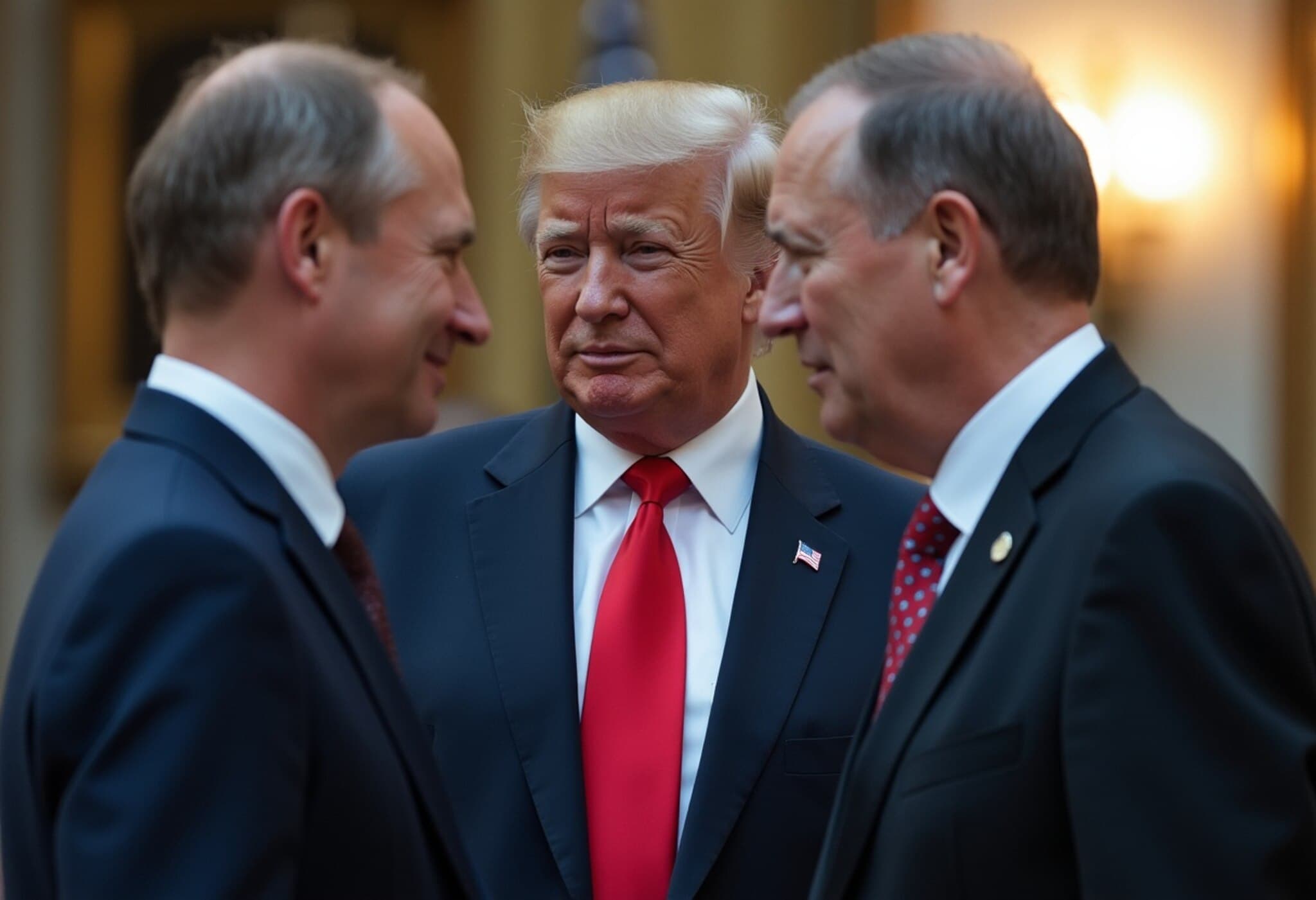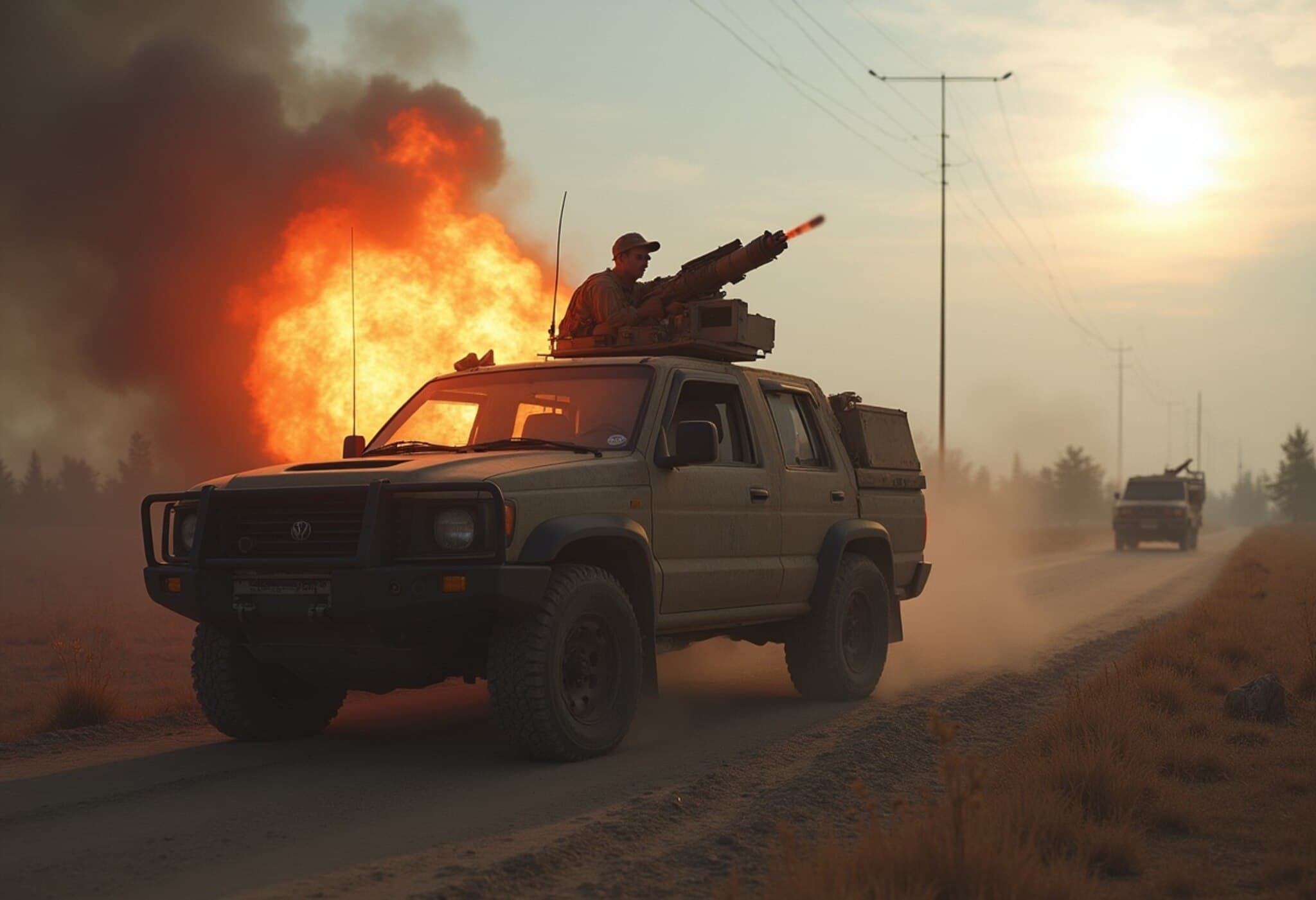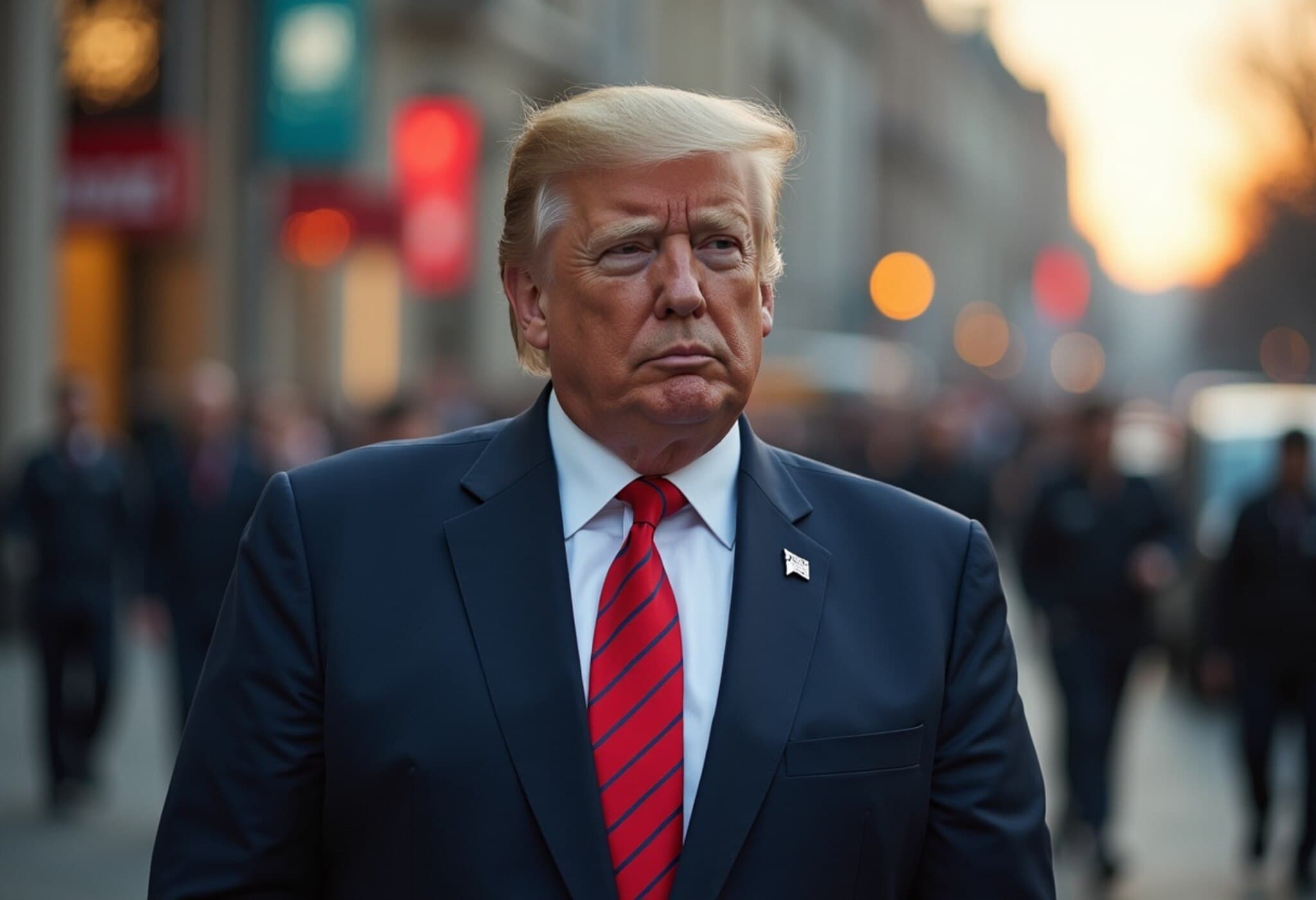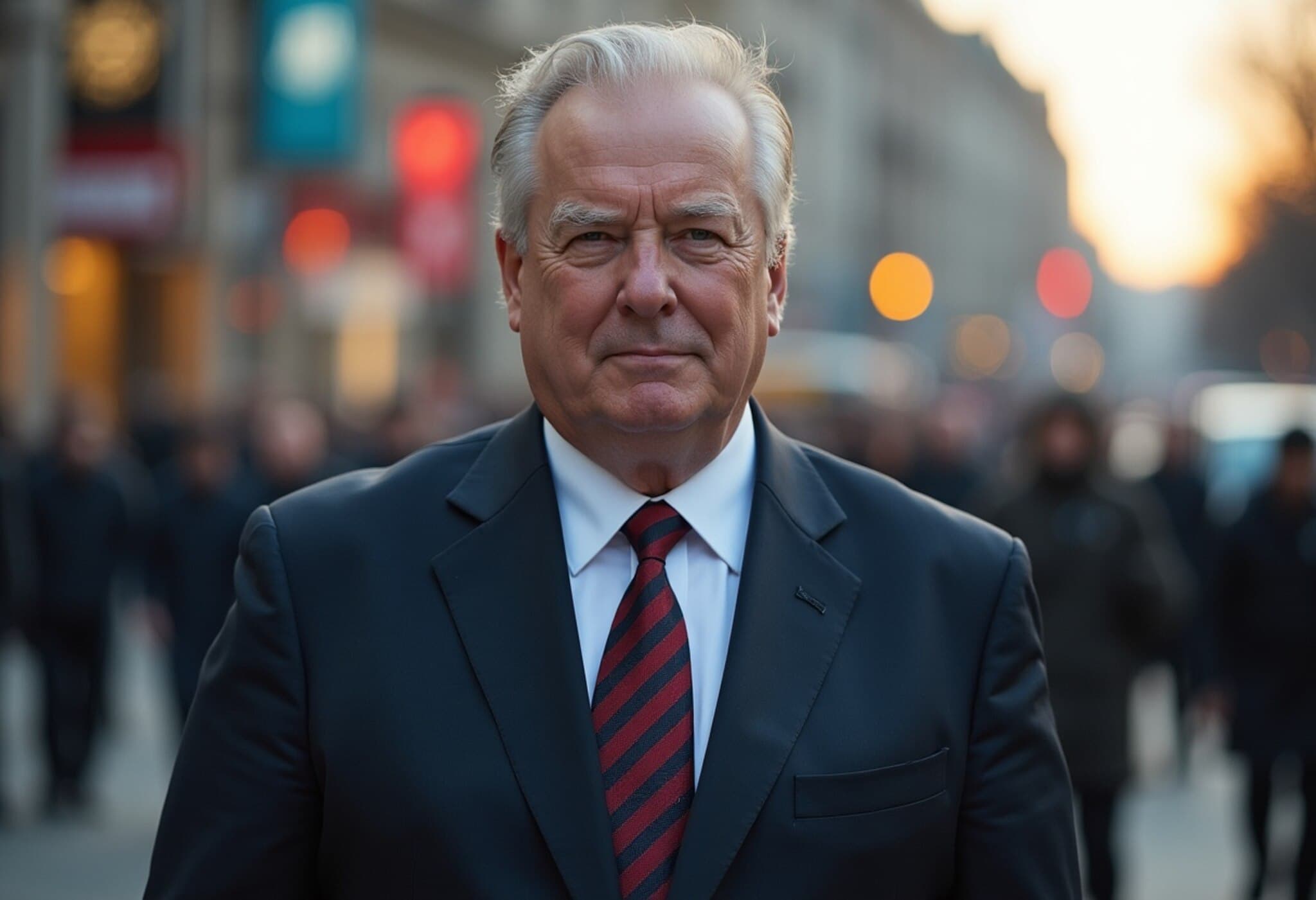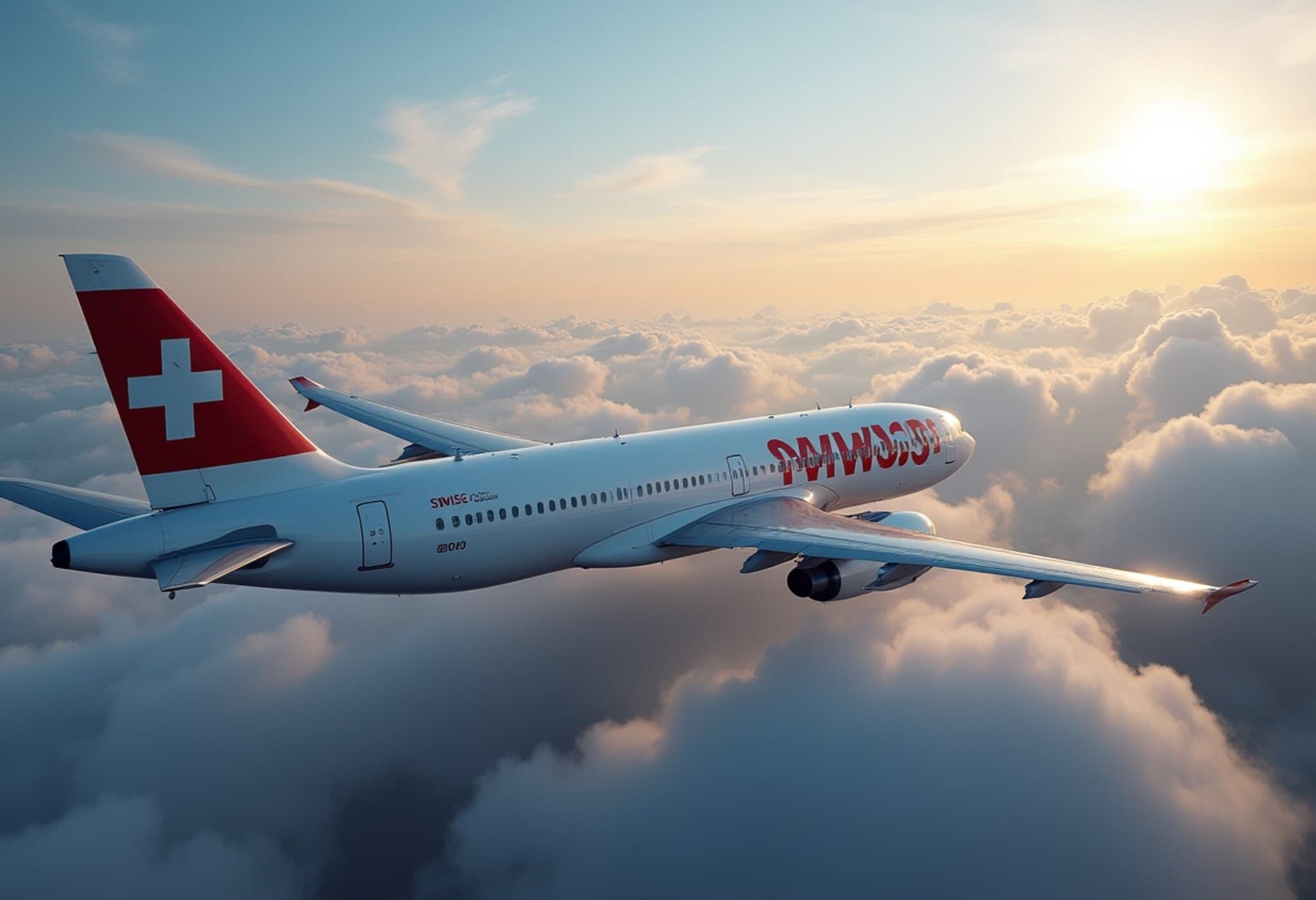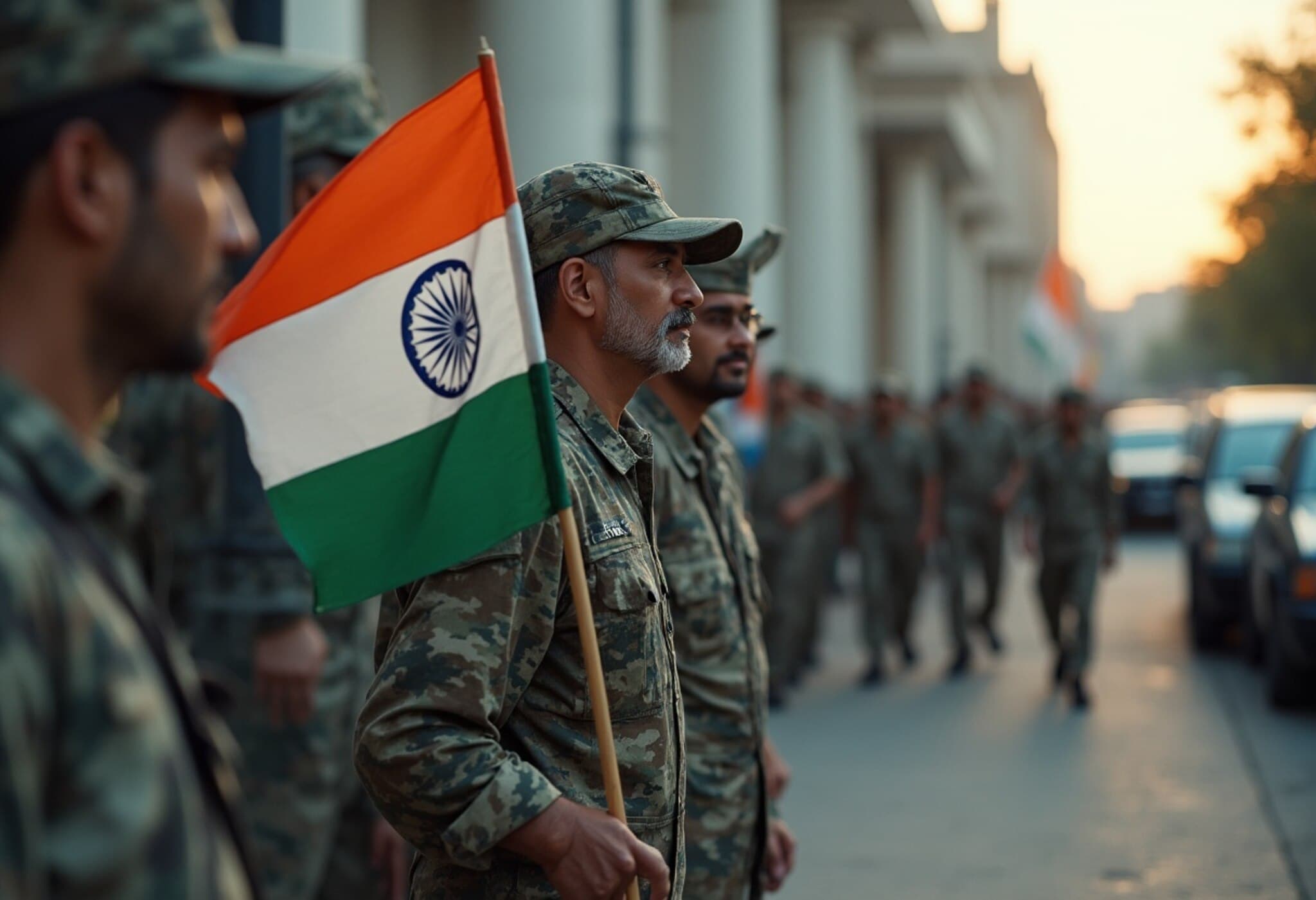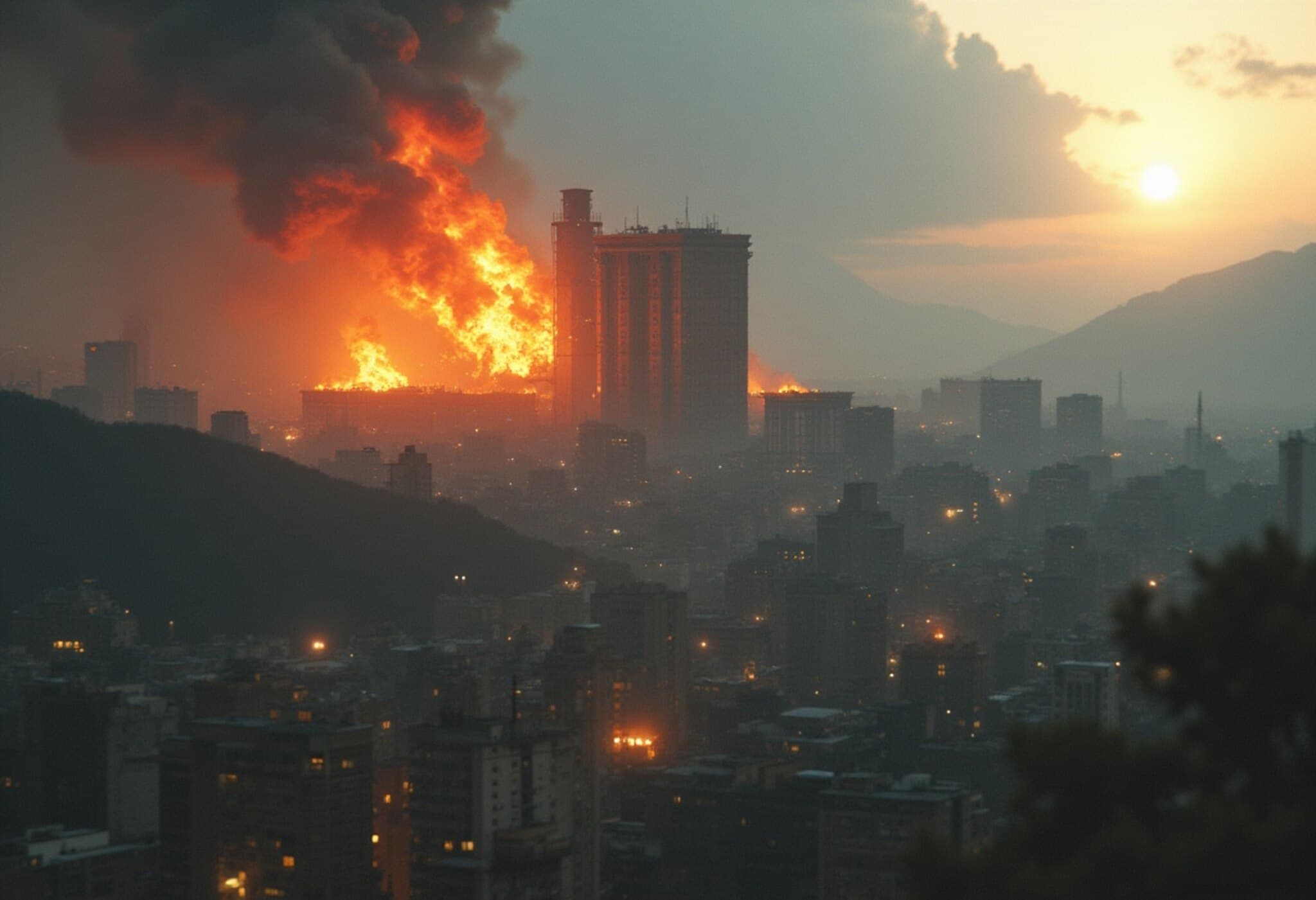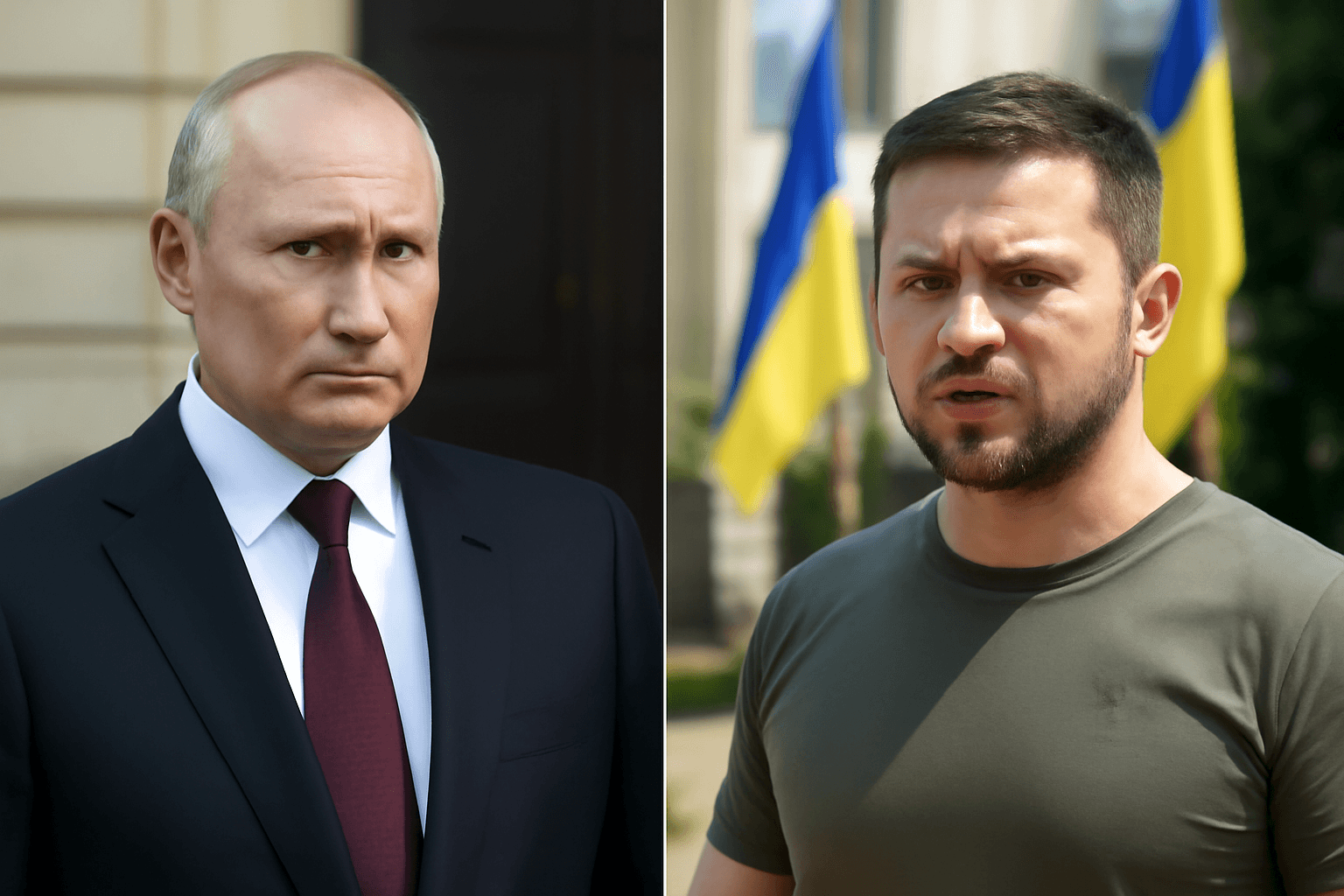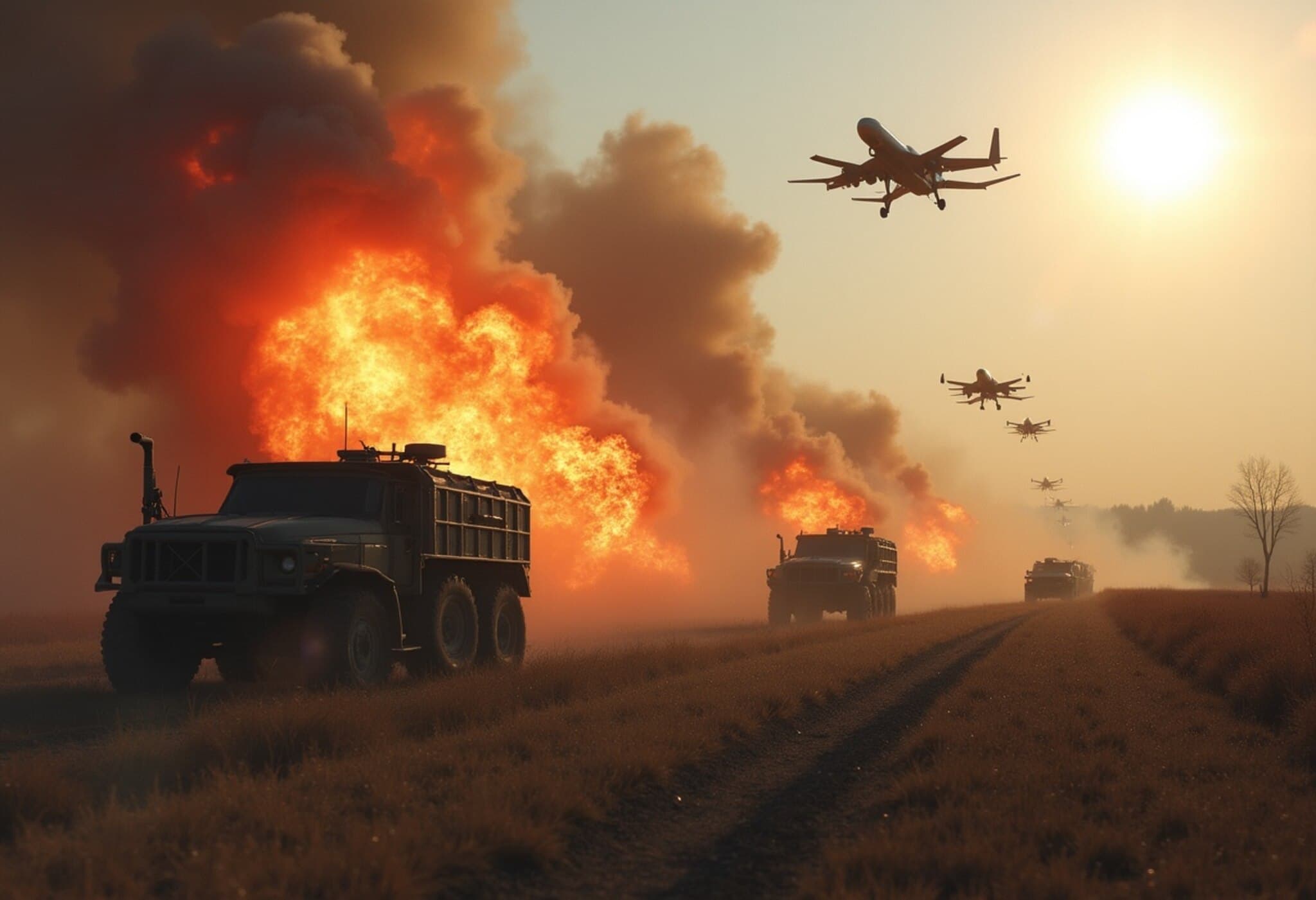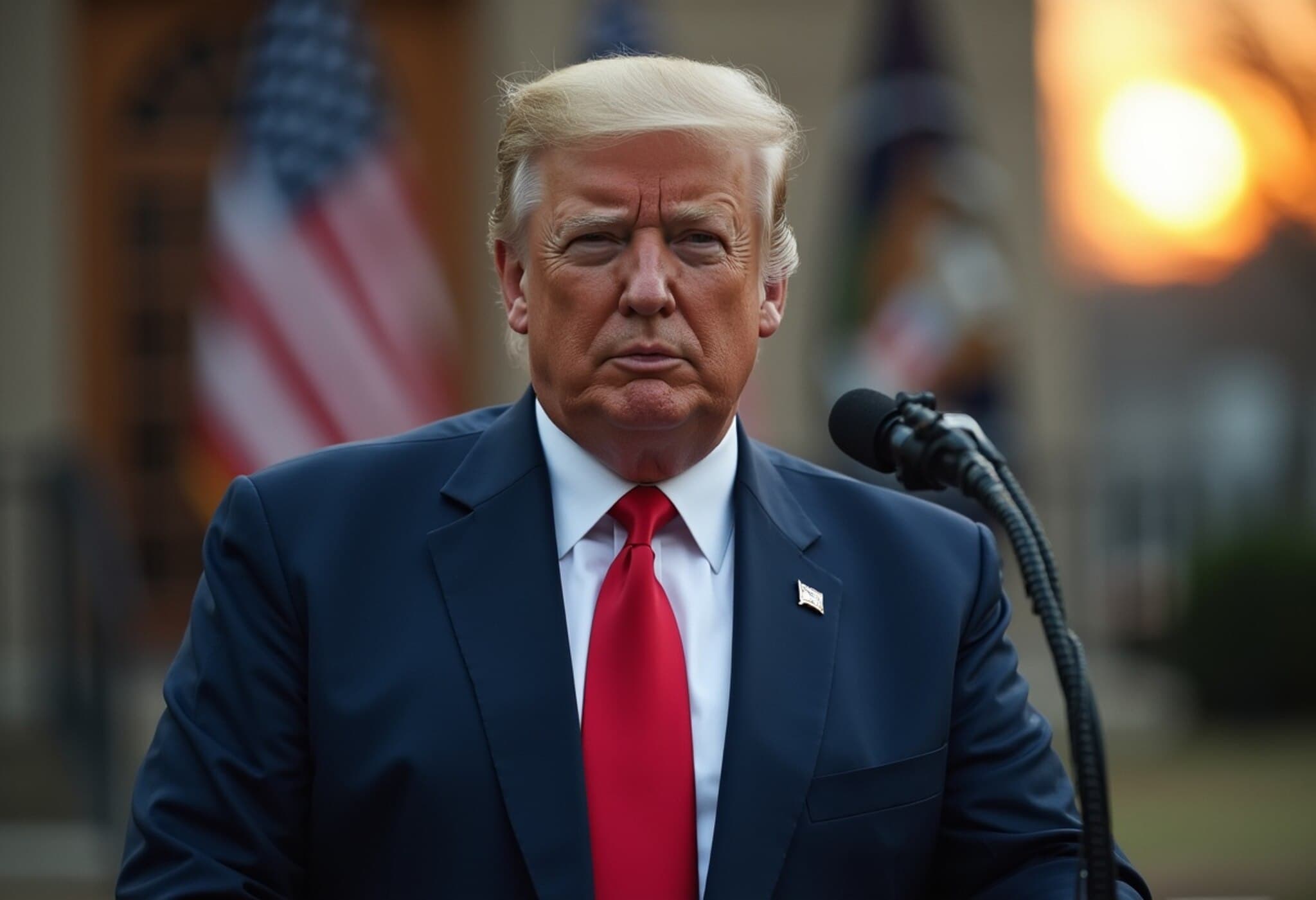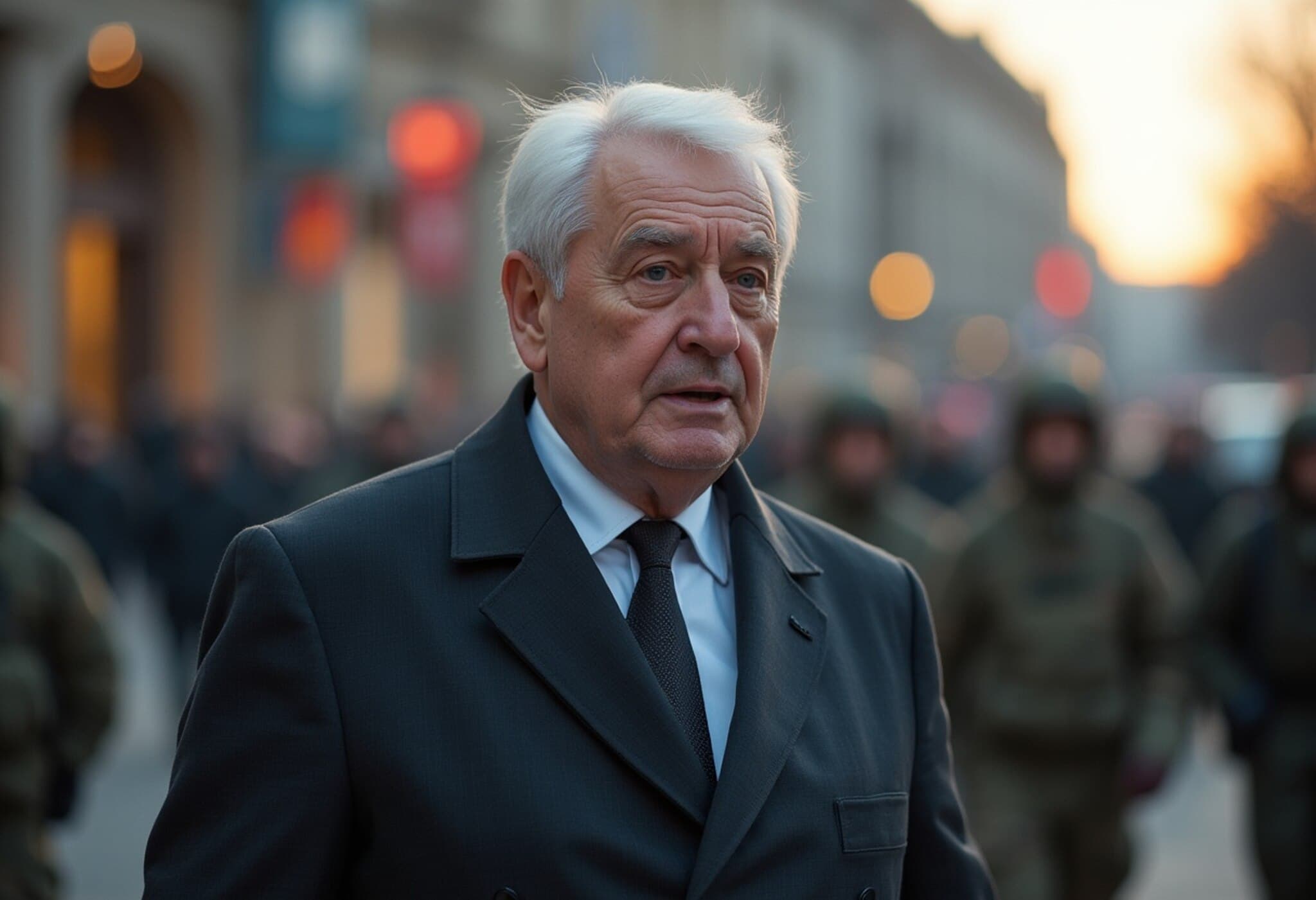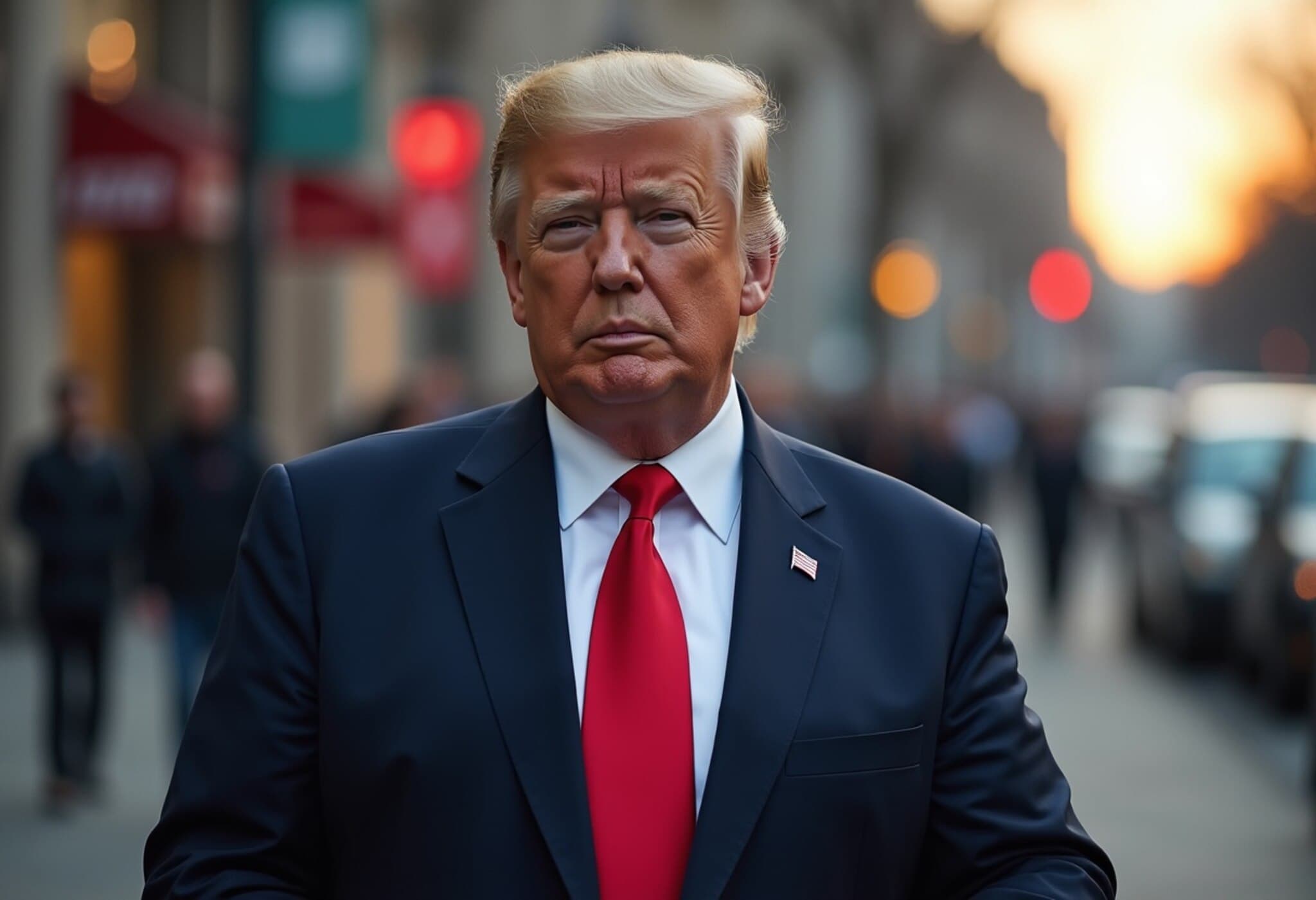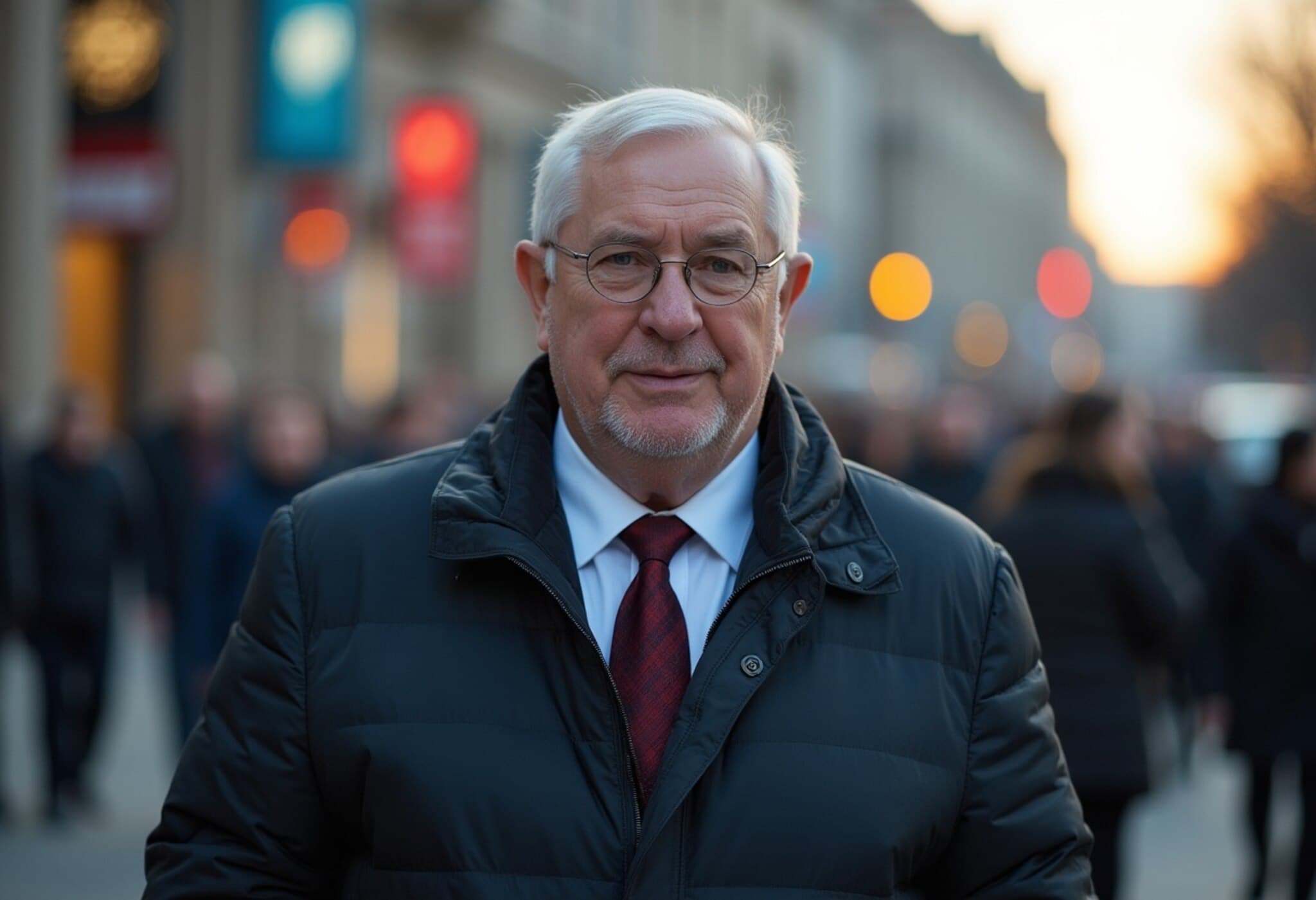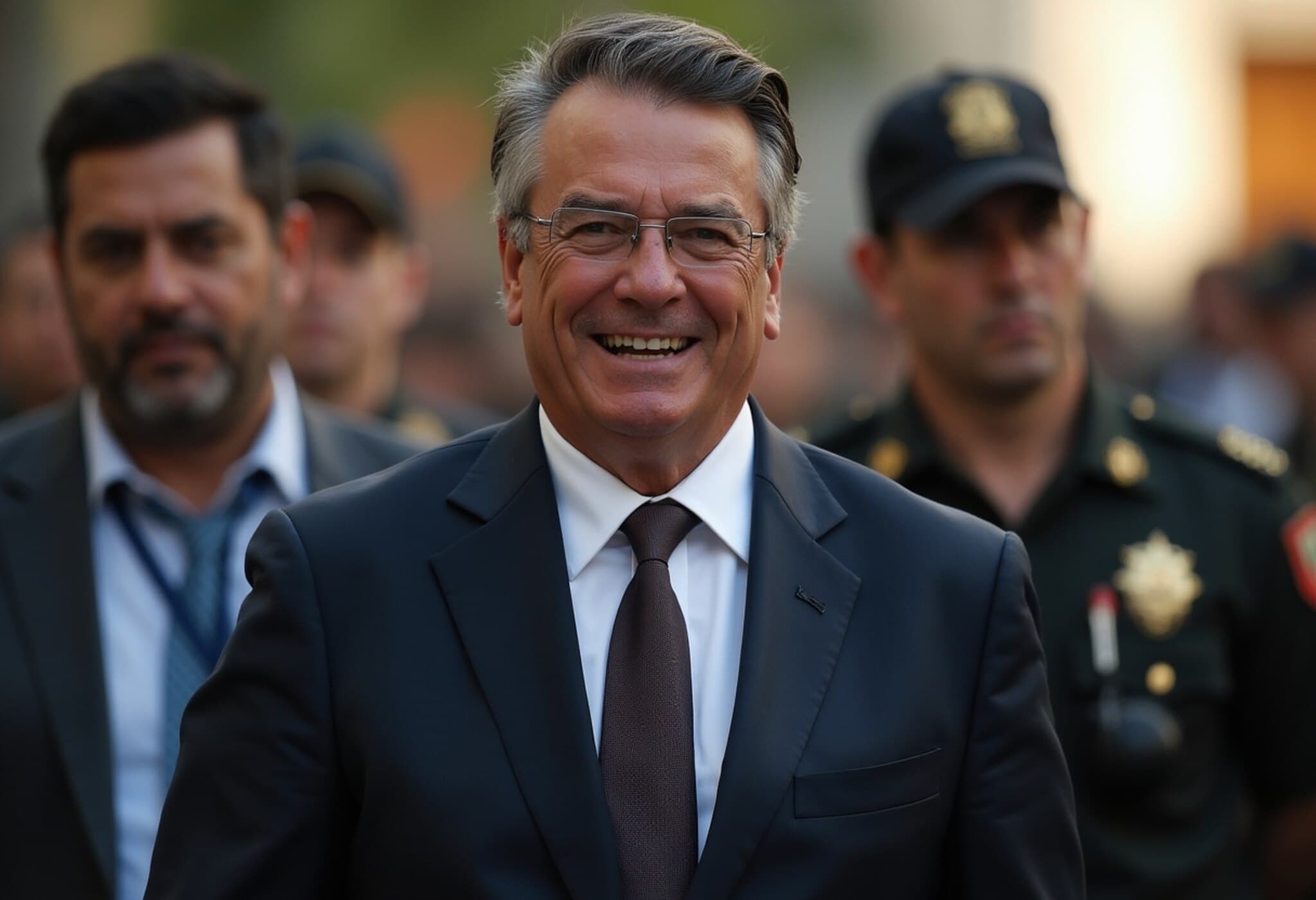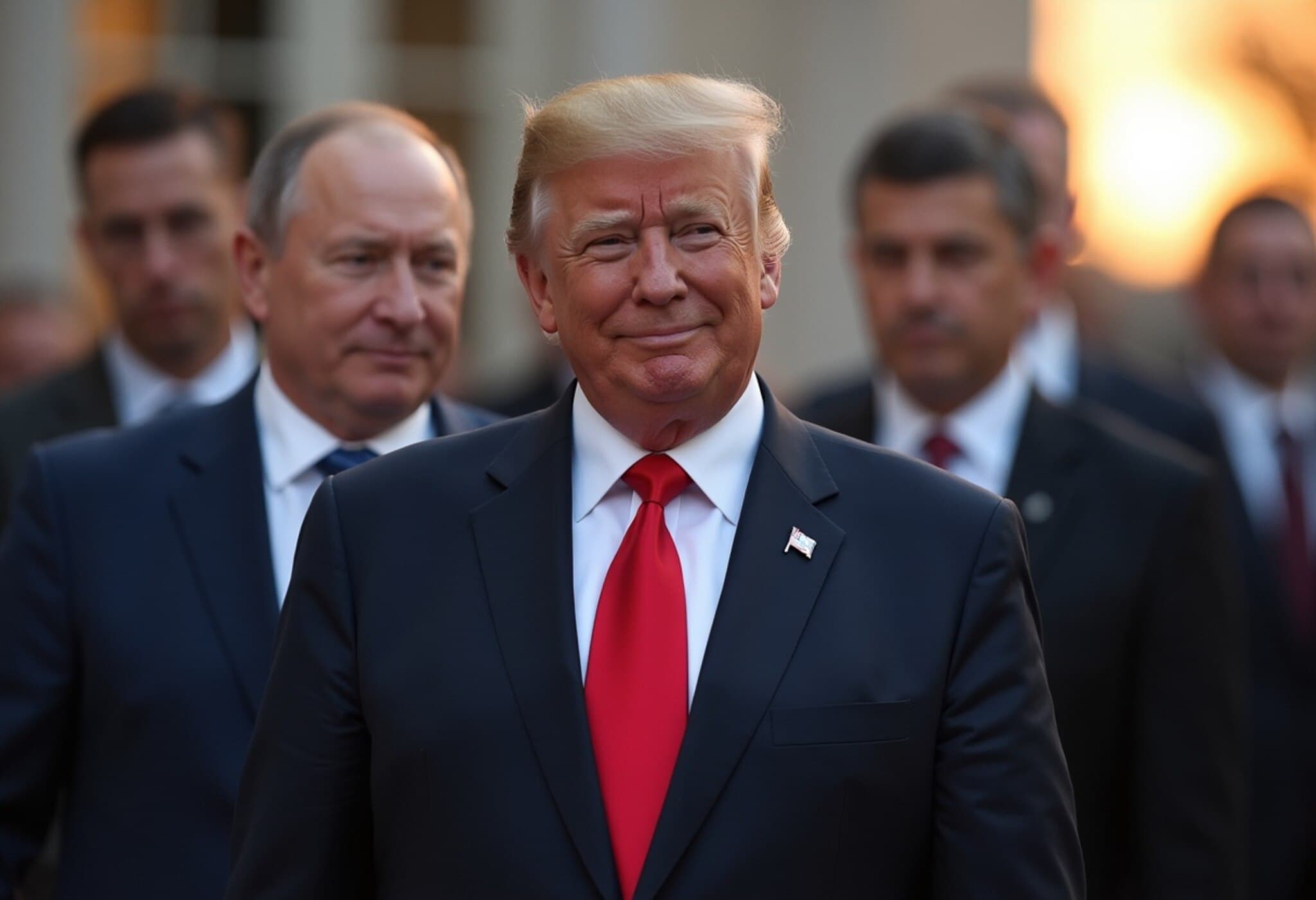Putin Sets Withdrawal from Donetsk as Key to Ending Ukraine Conflict
In a recent, high-stakes diplomatic exchange, Russian President Vladimir Putin demanded that Ukraine withdraw its forces from the eastern Donetsk region as a non-negotiable condition for halting the ongoing war. This revelation came after a reported meeting with then-U.S. President Donald Trump in Alaska, marking Putin’s first visit to American soil in a decade.
Terms Proposed in Alaska Summit
According to a Financial Times report citing four individuals with direct knowledge of the discussions, Putin proposed a deal: Ukraine would have to relinquish control over Donetsk, and in return, Russia would agree to freeze hostilities along other strategic frontline areas, including southern Kherson and Zaporizhzhia.
This proposal highlights a potential shift from pure military confrontation towards negotiated conflict management, though it hinges on Ukraine’s acceptance of territorial concessions that have remained deeply contentious.
The Geopolitical Backdrop
Putin's Alaskan visit was historic, representing the first face-to-face engagement with U.S. leadership since Russia’s 2022 invasion of Ukraine dramatically deteriorated bilateral relations to levels unseen since the Cold War. The ensuing years saw sweeping international sanctions against Russia and widespread diplomatic isolation.
The stakes for the U.S. and Europe remain high, as they balance support for Ukraine’s sovereignty with pressure to find a diplomatic solution that might end a conflict costing thousands of lives and destabilizing global markets.
Trump’s Response and Implications for Peace Talks
Following the summit, President Trump expressed optimism on social media, calling the day "a great and very successful day in Alaska!" He emphasized that all parties agreed the ultimate goal was a binding peace agreement — not merely a fragile ceasefire, which history has shown often collapses under pressure.
European leaders, briefed post-summit, indicated their readiness to intensify sanctions on Russia if necessary but appeared open to further negotiations, including a potential new summit involving Ukrainian President Volodymyr Zelensky. Zelensky's upcoming visit to Washington underscores the ongoing diplomatic weaving aimed at balancing firmness and flexibility on this entrenched conflict.
Analyzing the Broader Context and Unseen Dimensions
- The Donetsk question: Control over Donetsk carries both symbolic and strategic weight, making Putin’s demand a significant political hurdle for Ukraine, whose national identity and territorial integrity are at stake.
- Western dynamics: The summit exposed underlying tensions within the Western alliance on how to manage Russia, reflecting divergent priorities between the U.S., Europe, and Kyiv.
- Freeze versus withdrawal: Putin’s willingness to "freeze" other frontlines suggests a partial de-escalation tactic, potentially stabilizing areas without active conflict but leaving core territorial disputes unresolved.
- The role of sanctions: Economic pressures continue as a critical lever, but their effectiveness remains mixed, raising questions about the long-term sustainability of the current strategy.
What Lies Ahead?
As diplomacy cautiously progresses, critical questions remain:
- Will Ukraine accept territorial concessions that could set a precedent for future conflicts?
- Can a peace agreement genuinely address underlying grievances instead of merely freezing conflict lines?
- How will global economic and security landscapes adjust if negotiations falter or break down?
These complexities underscore the delicate balance between national sovereignty, regional security, and international diplomacy.
Editor’s Note
This rendezvous in Alaska is more than a diplomatic photo-op; it signals a potential inflection point in one of the most challenging conflicts of the 21st century. While Putin’s demands might be seen as strategic bargaining, the prospect of a peace agreement involving territorial adjustments forces a reckoning with the realities on the ground and the aspirations of both Russian and Ukrainian peoples.
As readers, we are reminded of the human cost behind geopolitical chess moves—the displacement, loss, and uncertainty endured by millions. It is crucial to monitor how evolving leadership dynamics and international pressures mold the pathway to peace, while always elevating voices from the region affected most deeply.

